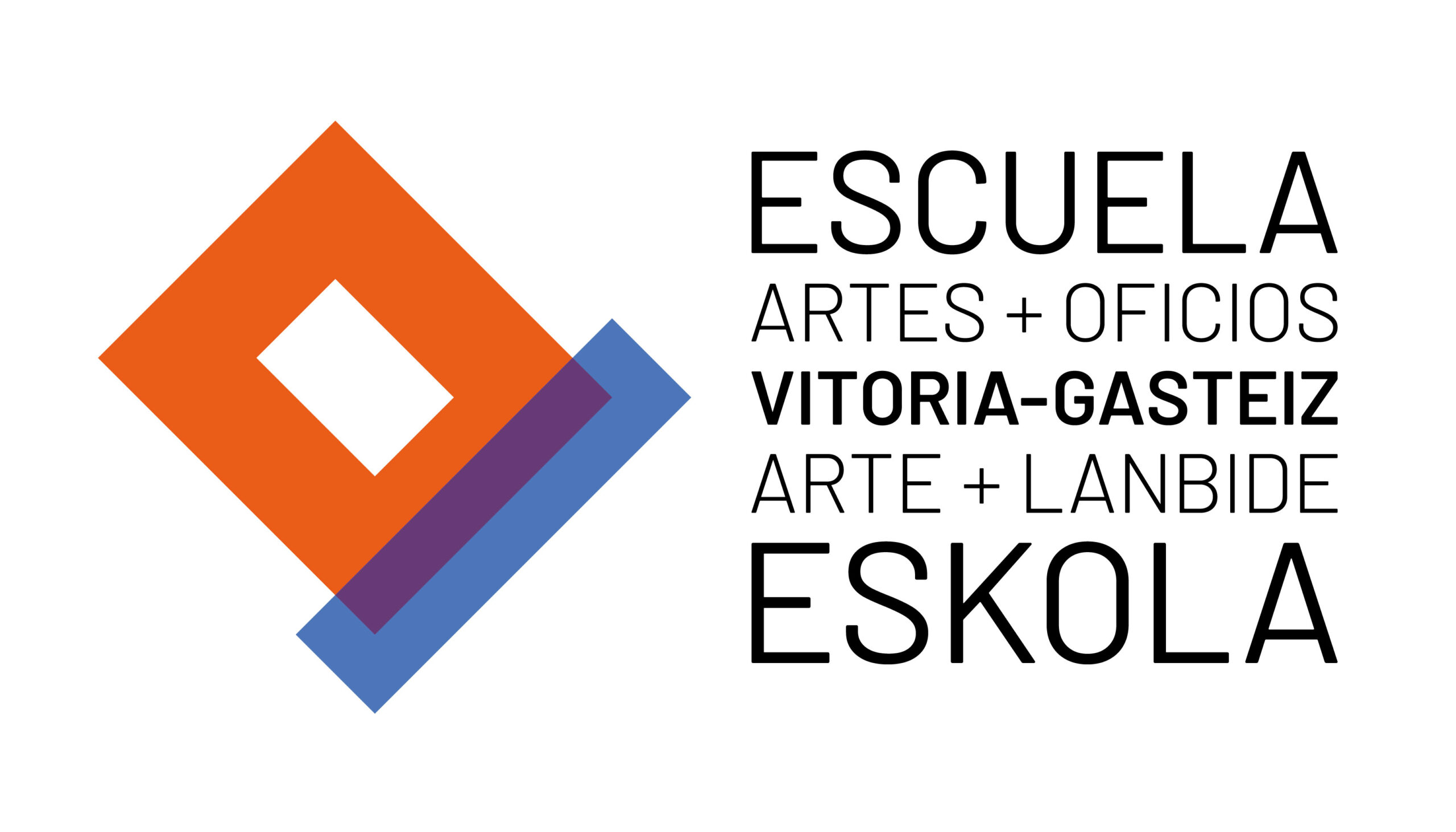Informative summary of the course
(Click here to see the work of our students) (see more work)
This course aims to progressively acquire knowledge of the world of wood and skills related to mechanization and carving. As well as to initiate in the knowledge of the three-dimensional language. WOOD, I, II, III and IV and are taught simultaneously in the same workshop.
Schedule and days: (2-day workshops are equivalent to 3 days in relation to the price, because they are 6 hours long).
Morning shift:
- Mondays and Wednesdays (9:30 a.m. to 12:30 p.m.)
- Tuesdays and Thursdays (9:30 a.m. to 12:30 p.m.)
Afternoon shift:
- Mondays and Wednesdays (16:00 to 19:00h)
- Tuesdays and Thursdays (16:00 to 19:00h)
Night shift:
- Mondays, Wednesdays and Fridays (19:00 to 21:30h)
- tuesday, thursday and friday (19:00 to 21:30h)
In the night shift, Fridays will be alternated in order to complete the 6 hours per week of each workshop.
Course level: I, II, III and IV
Access conditions: None for the 1st course
Duration: School year from September to June
Course I
This course aims to progressively provide the student with knowledge of the world of wood and the necessary skills to carry out woodworking and wood carving.
CONTENTS
- Sculptural families: Geometric carving. Ornamental carving.
- Basic elements of geometric drawing and composition
- Traditional objects of Basque culture: kutxa, argizaiola, stela.
- Small machine.
- Basic tool handling.
- Sharpening.
- Safety standards for each machine and tools.
- Wood structure.
Course II
In the second course, students will learn the elements of conic perspective in order to later apply them to relief. They will also be introduced to three-dimensional knowledge and will deepen their knowledge of wood preparation, carving and finishing techniques.
CONTENTS
- The torso: classical sculpture. Counterpost.
- Greek and Roman statuary.
- Projection: elevation, plan and profile.
- Fitting, modeling and finishing of the sculpture.
- Point system: grammil and use.
- The double curvature cut.
- Basis of conic perspective.
- Relief throughout history. High relief and low relief.
- Compositional elements II: texture, color, light...
- Gluing of the embones taking into account that the wood is always "working".
- Bandsaw, planer and thicknesser.
Course III
In this third course we will deepen in the elements of three-dimensional language and in the knowledge of the human figure. Keys will be provided to stimulate the students' critical analysis of their work.
CONTENTS
- The human figure: The head, the gesture.
- Knowledge of woods. Connotations.
- Fitting, modeling and finishing of the sculpture.
- Point system: scribe and use
Course IV
In this fourth course, the student's own criteria will be strengthened in the resolution of exercises. The relationship between meaning and form will be known as well as the different degrees of figurative representations. There will also be an approach to the sculpture of the 19th century.
CONTENTS
- Applying the knowledge of the previous courses to help the student to see the mistakes and steps to take.
- The human figure, study of anatomical details: the hands.
- Form and meaning.
- Figurative art, realism or distortion of motifs.
- Working systems: by addition through assemblies, joints...
- Sculpture from the plane to the three dimensions.
- Matter, volume, mass, space, vacuum.
Projects I and II
The project courses are intended to initiate the student on the path of creating a differentiated project of his own. In addition to motivate them to maintain an active position in the exploration of new possibilities offered by the creation in wood. Stimulate critical thinking towards their own work and that of others.
CONTENTS
- The project
- Space occupied by the sculpture; space occupied by the spectator; composition of the sculpture (symmetry-asymmetry; balance-imbalance; simplicity-complexity), compositional schemes (triangular, central, diagonal, free).
- Phases that make up the creative process. Tools.
- Symbiosis with other materials.
- Abstract art.
